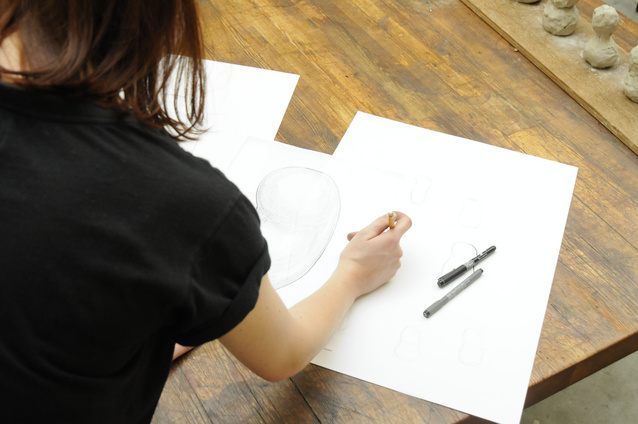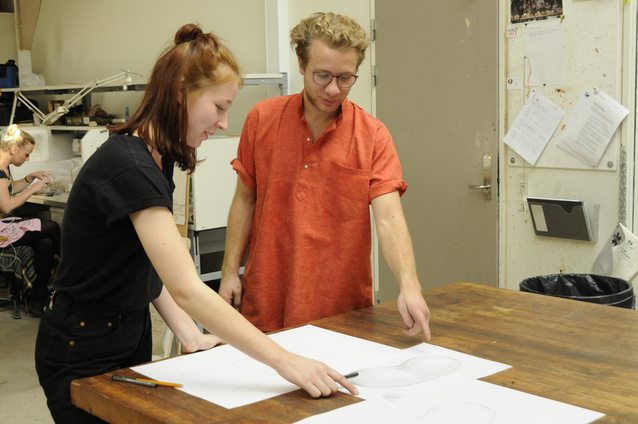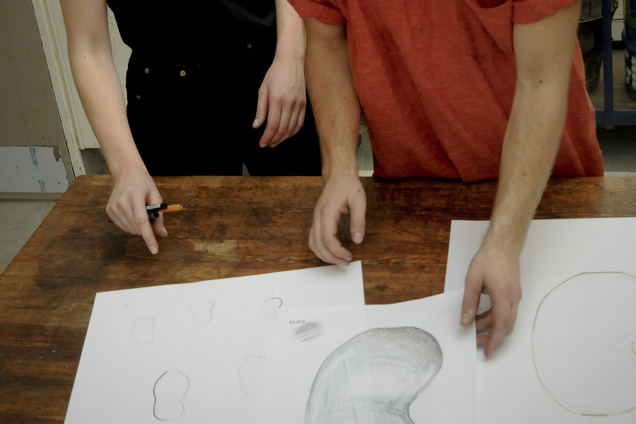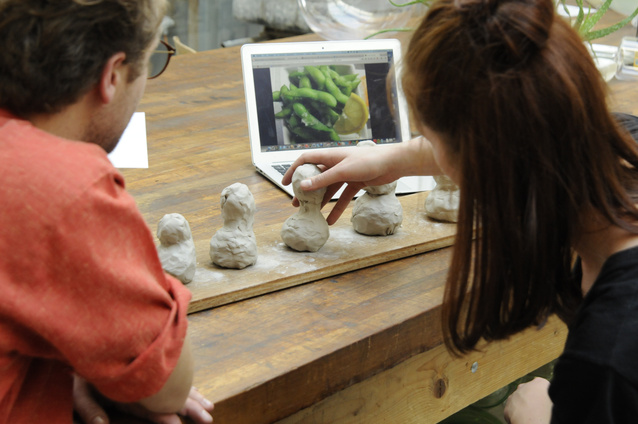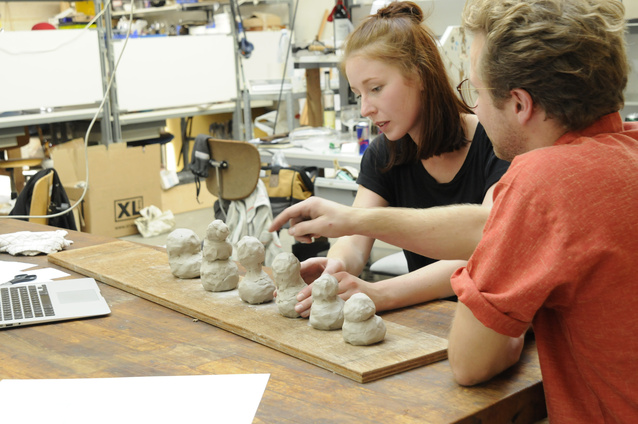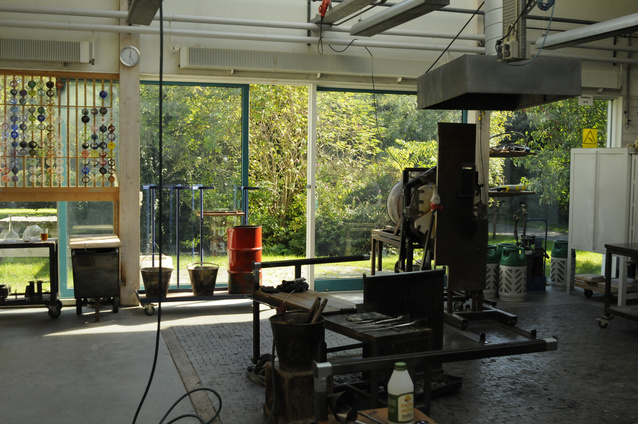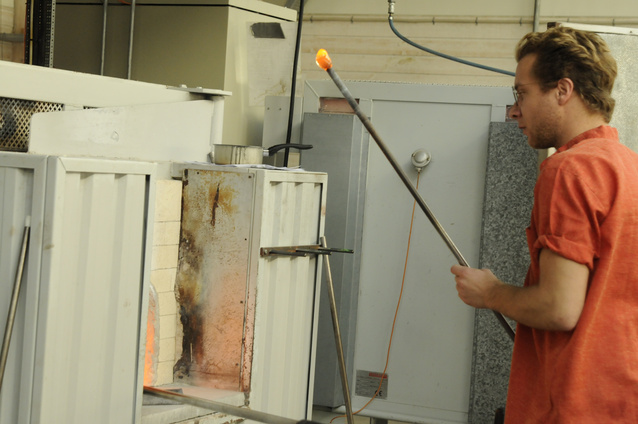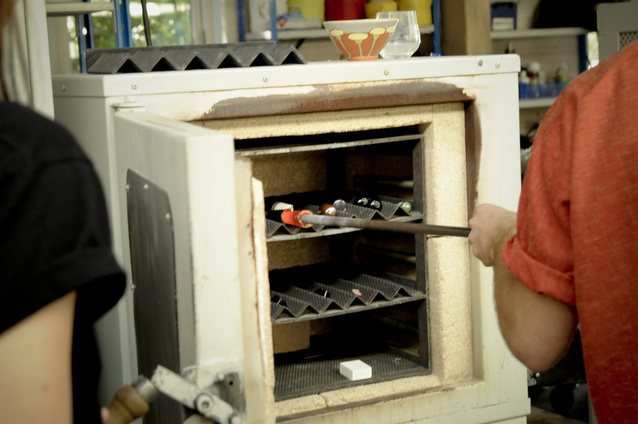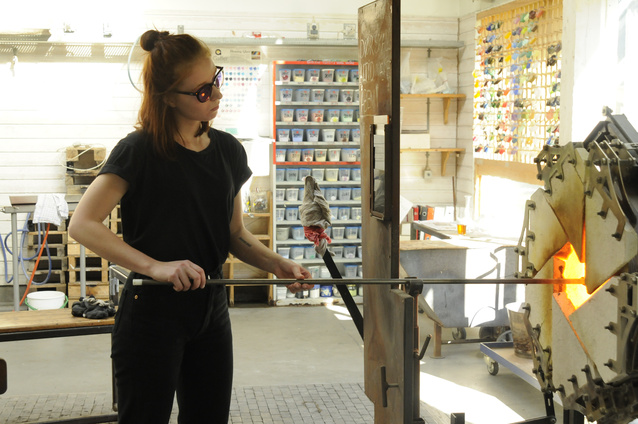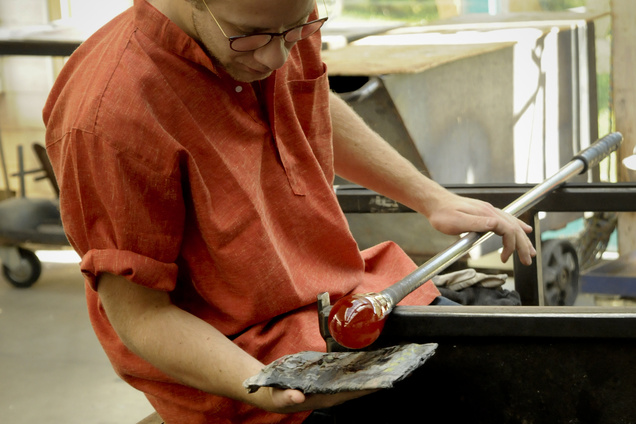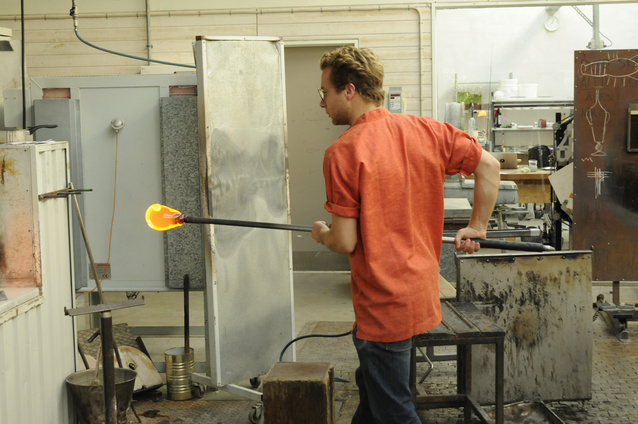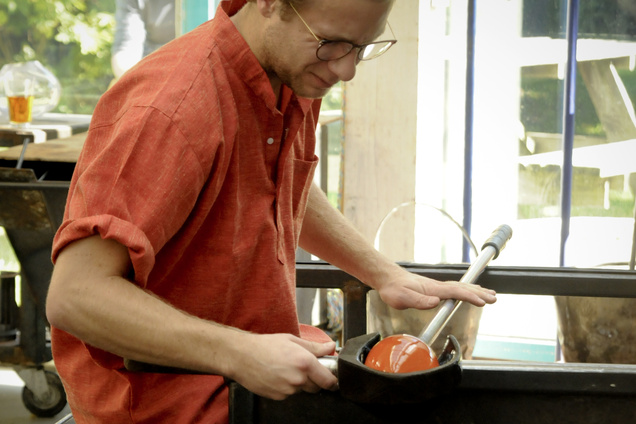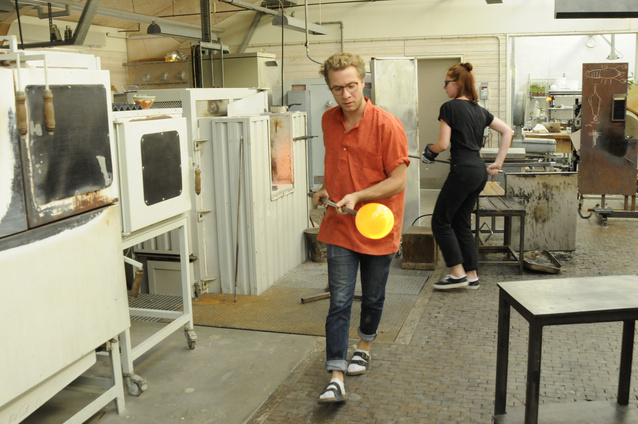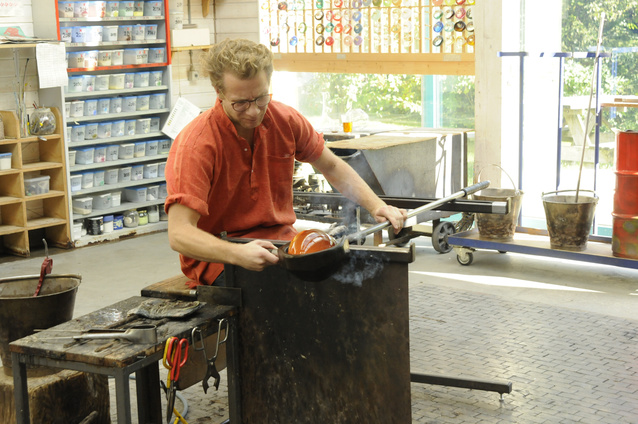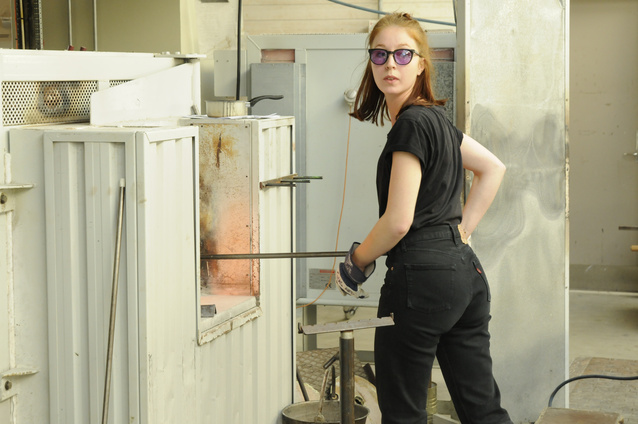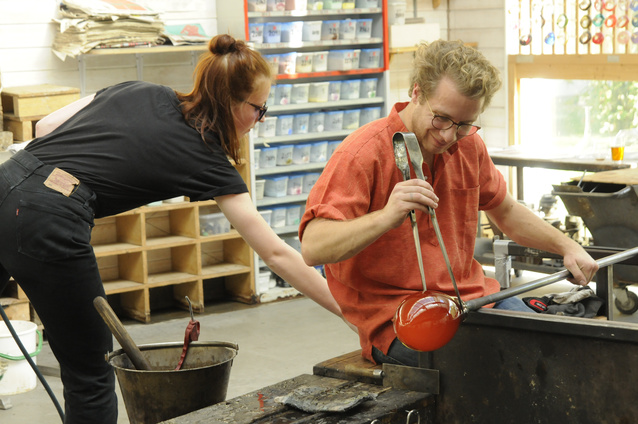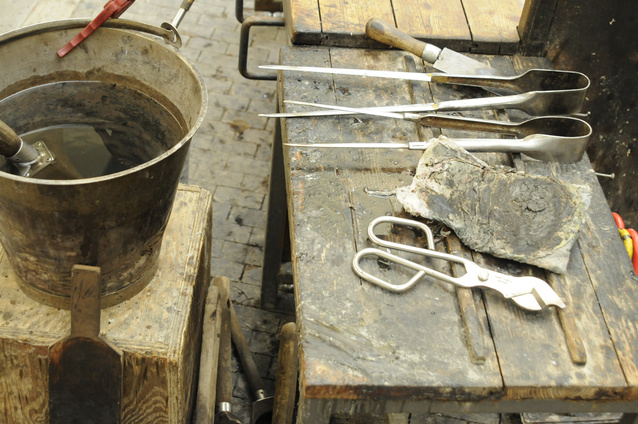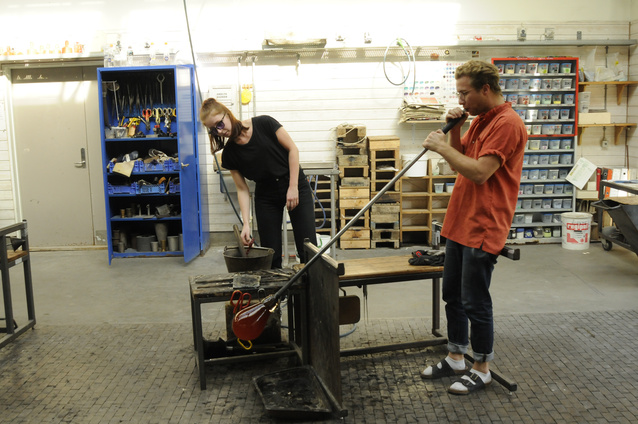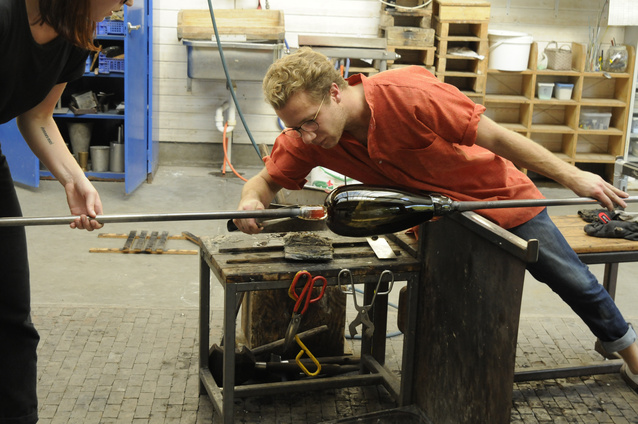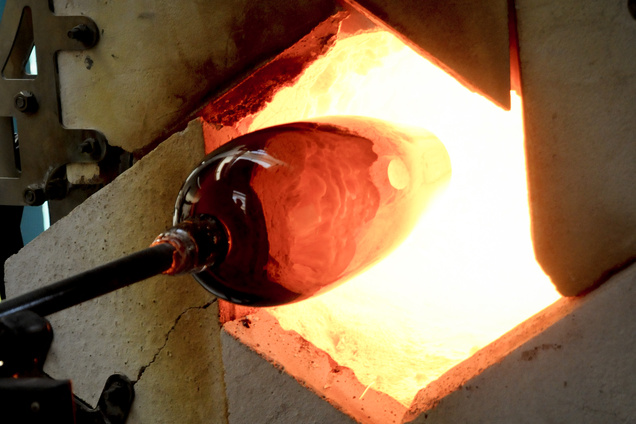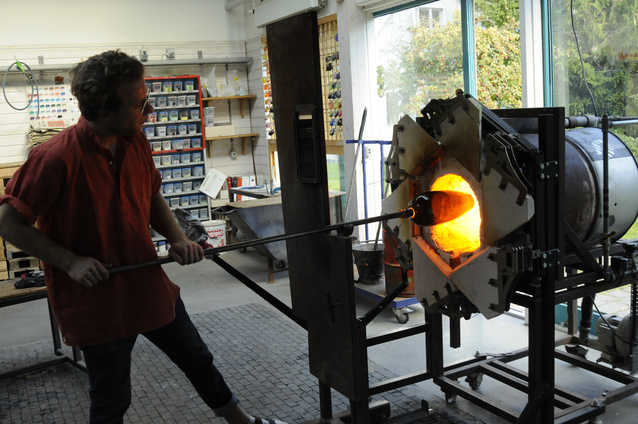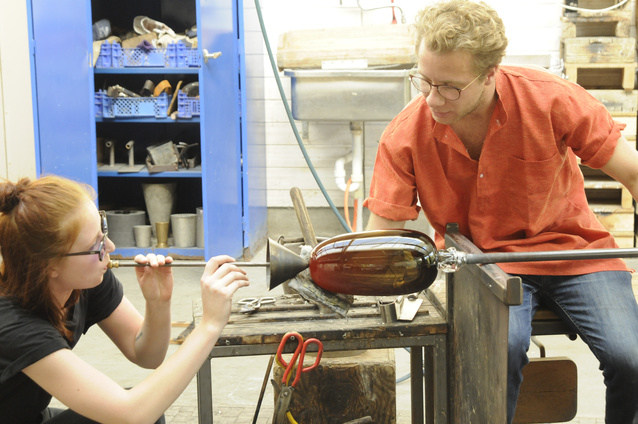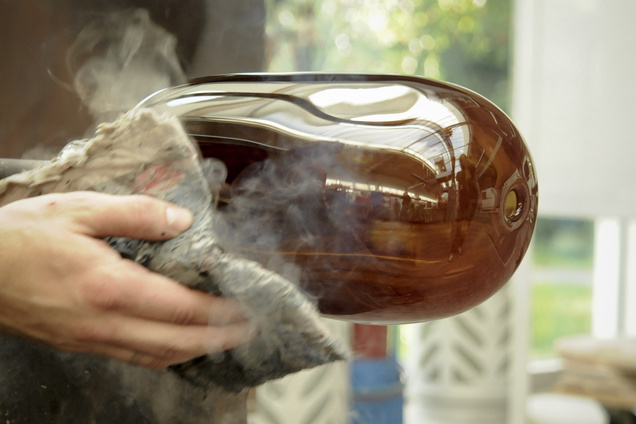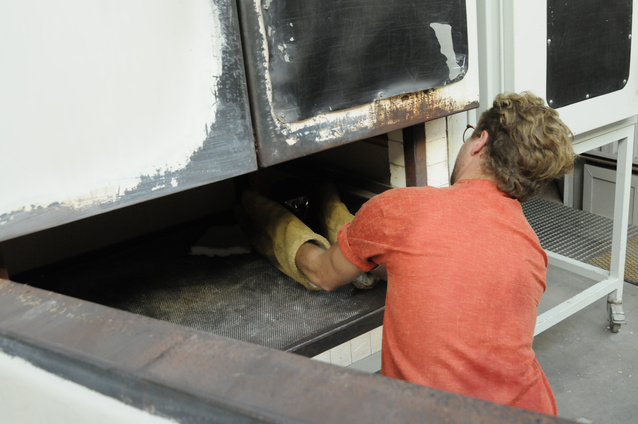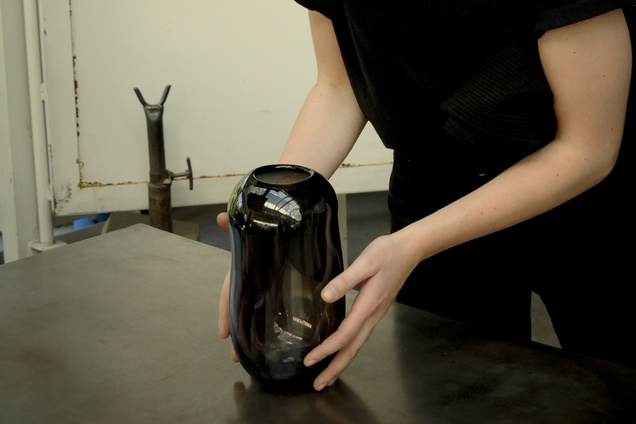Meet Jonas and Frida, glass students
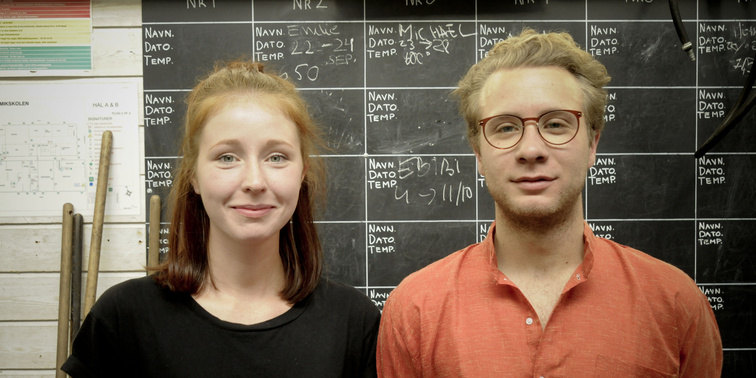
Jonas Ioannou and Frida Lunden are both first-year glass students. We asked them about student life on Bornholm, and wondered what was most interesting about their course of studies.
What is the most interesting aspect of this particular programme?
Frida: Personally, what I find most interesting is having close contact with the material. The multifaceted nature of the teaching teaches me a lot about materials in the fields of craft and design. The academic environment is extremely vibrant, and as a student it’s wonderful to have 24-hour-a-day access to the School’s workshops.
Jonas: I think it’s interesting to evolve in new directions on the basis of theory and methodology. That way you develop a greater understanding of design and craft: not only historically, but also in terms of working on your own design skills and craftsmanship in a contemporary context. It’s brilliant that, on one hand, we have the opportunity to work independently on projects and, on the other, to experiment with the material. It’s that concentration on the material and the craftsmanship that enables me to evolve my own artistic language.
What is like living and studying on Bornholm?
Frida: Jonas and I live in a terraced house here in Nexø, but lots of the other students live together in a house near the School. We love being on Bornholm. The landscape is wonderful and nothing is too far away. We spend a lot of time in the School’s workshops. That means there are loads of students around all the time, regardless of which day of the week it is. So there is a really vibrant environment! The academic environment is positive, and both the guest teachers and our regular teachers, Nina and Viki are incredibly talented. We have lots of facilities and excellent opportunities for working in both glass and ceramics.
When it comes to creating a glass product, the work starts long before the kiln heats up. In this photo gallery you can follow Frida and Jonas through the entire process: from the time, during which the idea takes shape on paper, to the moment the final product is complete.
The glass workshop on Bornholm has a wonderful setting. There is plenty of space to develop ideas and experiment with various techniques.


